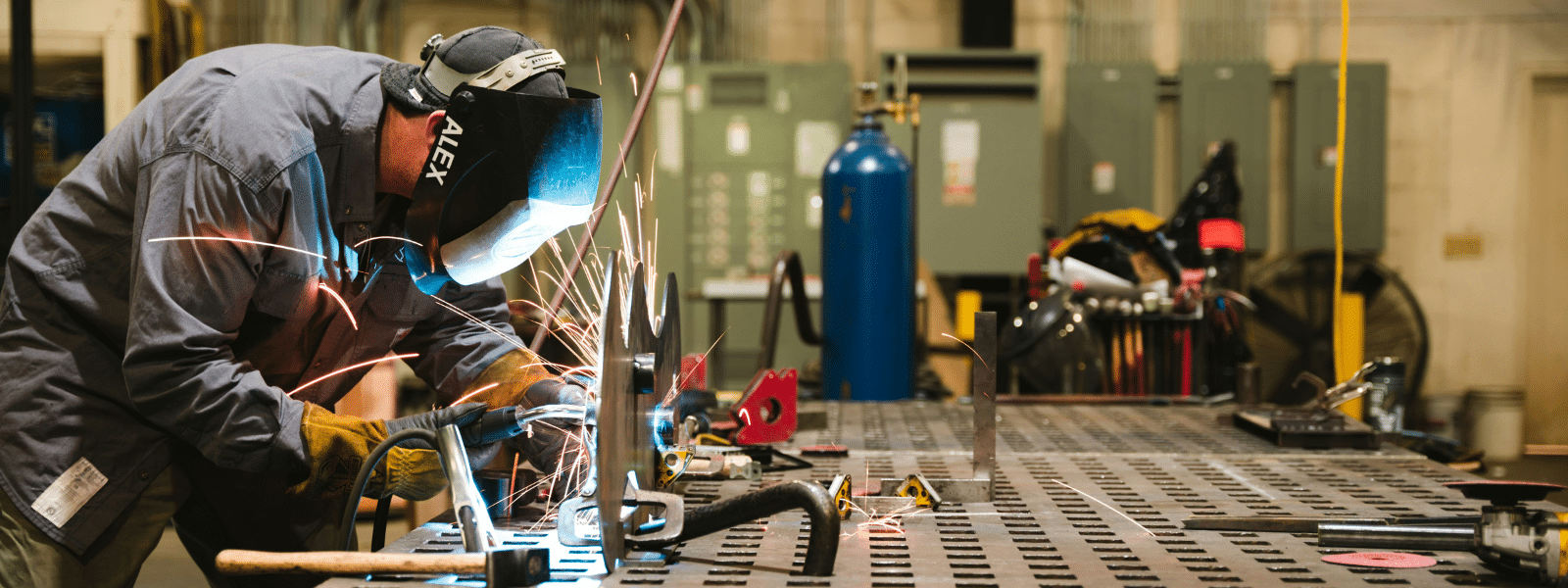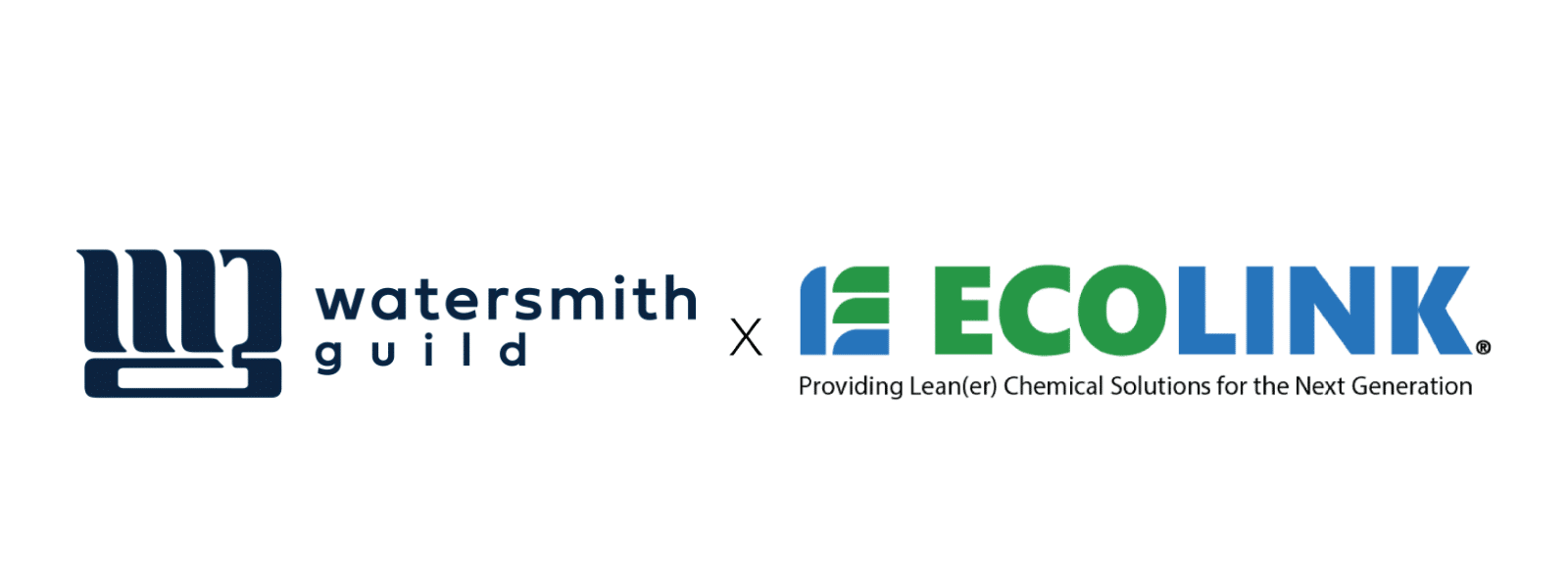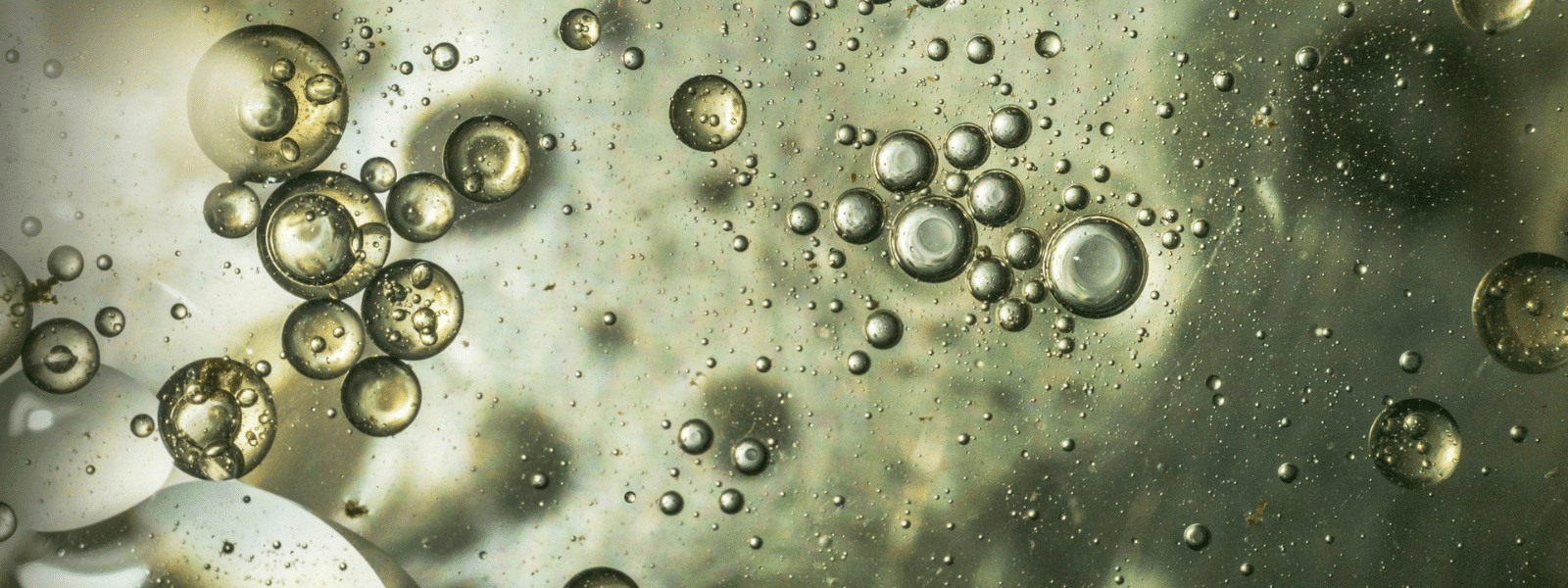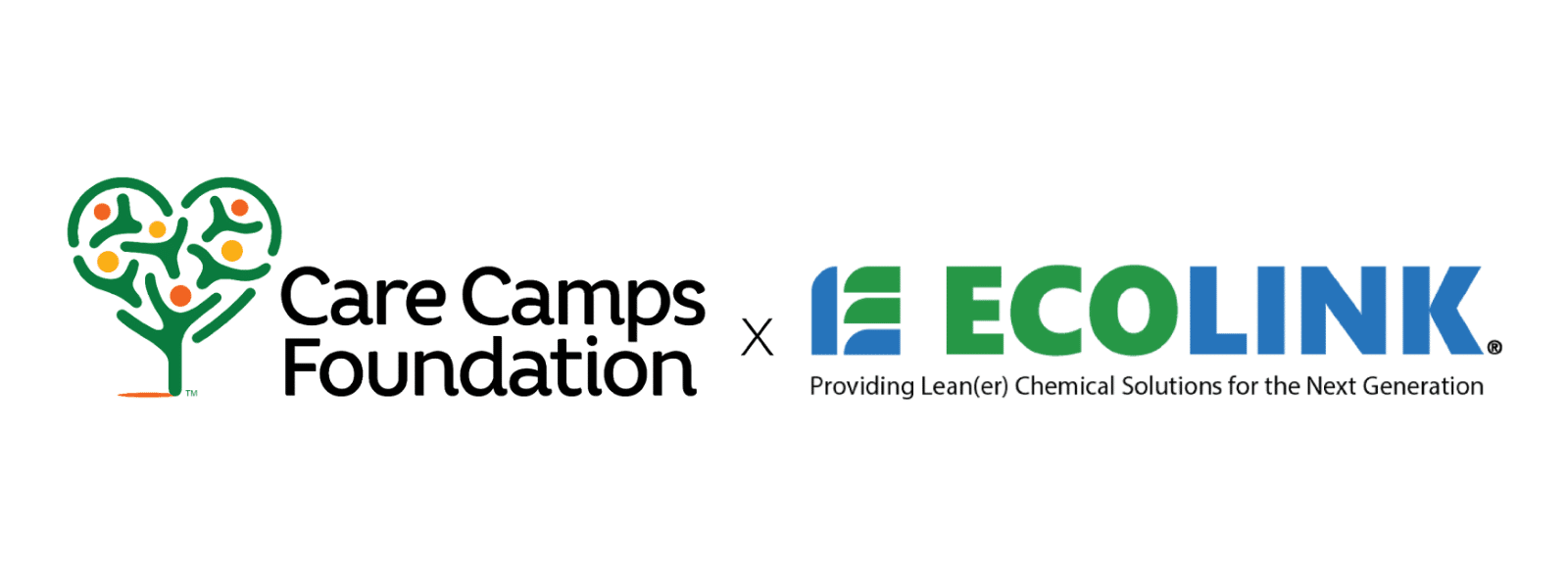A fast evaporating solvent is generally defined as one that evaporates faster than water. Some fast evaporating solvents evaporate exponentially faster than water, while others dry just slightly faster. The value of either type of fast evaporating solvent depends its chemical constituency and what it’s used for. With that in mind, we answer some commonly asked questions about fast evaporating solvents.
- How do I know how quickly a solvent should evaporate?
The evaporation rate you need is based on the requirements of your solvent application. If you’re unsure of which solvent or evaporation rate you need, contact the chemists at Ecolink for assistance.
- Do highly evaporative solvents cause pollution problems?
It depends in the chemical formulation. If a fast evaporating solvent is filled with with hazardous air pollutants (HAPs) ? including volatile organic compounds (VOCs) ? that vaporize at room temperature, pollution is a threat to both humans and the environment.
- Do fast evaporating solvents require an air filtration system?
Because even mild solvents that have a good safety profile have pungent aromas and airborne chemicals that mildly agitate the sense, it’s a good idea to operate an air filtration system when using any type of solvent in an open-air setting, as opposed using it in a parts washer.
- Should a fast drying solvent have high dielectric strength?
It depends on the application. If you need to clean energized equipment, then you definitely need a dielectric in your solvent. The solvent should have the dielectric strength to impede the full voltage of the energized equipment you are cleaning. Insufficient dielectric strength can be like having no dielectric strength at all.
- Should a fast drying solvent have a high flashpoint?
It’s ideal for any industrial solvent to have a high flashpoint. Industrial work areas often contain sources of ignition that could incidentally set a low flashpoint solvent ablaze. Something as small as an errant spark from a production line activity could cause a conflagration. Sometimes, it may not be possible to use a low flashpoint product for your application, but use one when you can.
- Will using fast evaporating solvent increase emissions?
In a word, yes. But whether this is a good or bad thing depends on the type of emissions. If a solvent prolifically releases hazardous air pollutants (HAPs), you have something to worry about beyond the environment: There is good chance the EPA will regulate the solvent. Fast evaporating solvents that have no HAPs generally don’t pose problems for the environment.
About Ecolink
Ecolink is an industry-leading supplier of environmentally safe and environmentally preferred cleaning solvents. We offer many solvents for replacing old, toxic solvents with formulations that offer the same or better efficacy than these archaic solutions. What’s more, many of our fast evaporating solvent options can be “dropped in” your solvent system, without a hitch.
To place an order for a stock or custom fast evaporating solvent, call us today at 800-563-1305. Or send us an email through our contact form. We look forward to assisting you!















